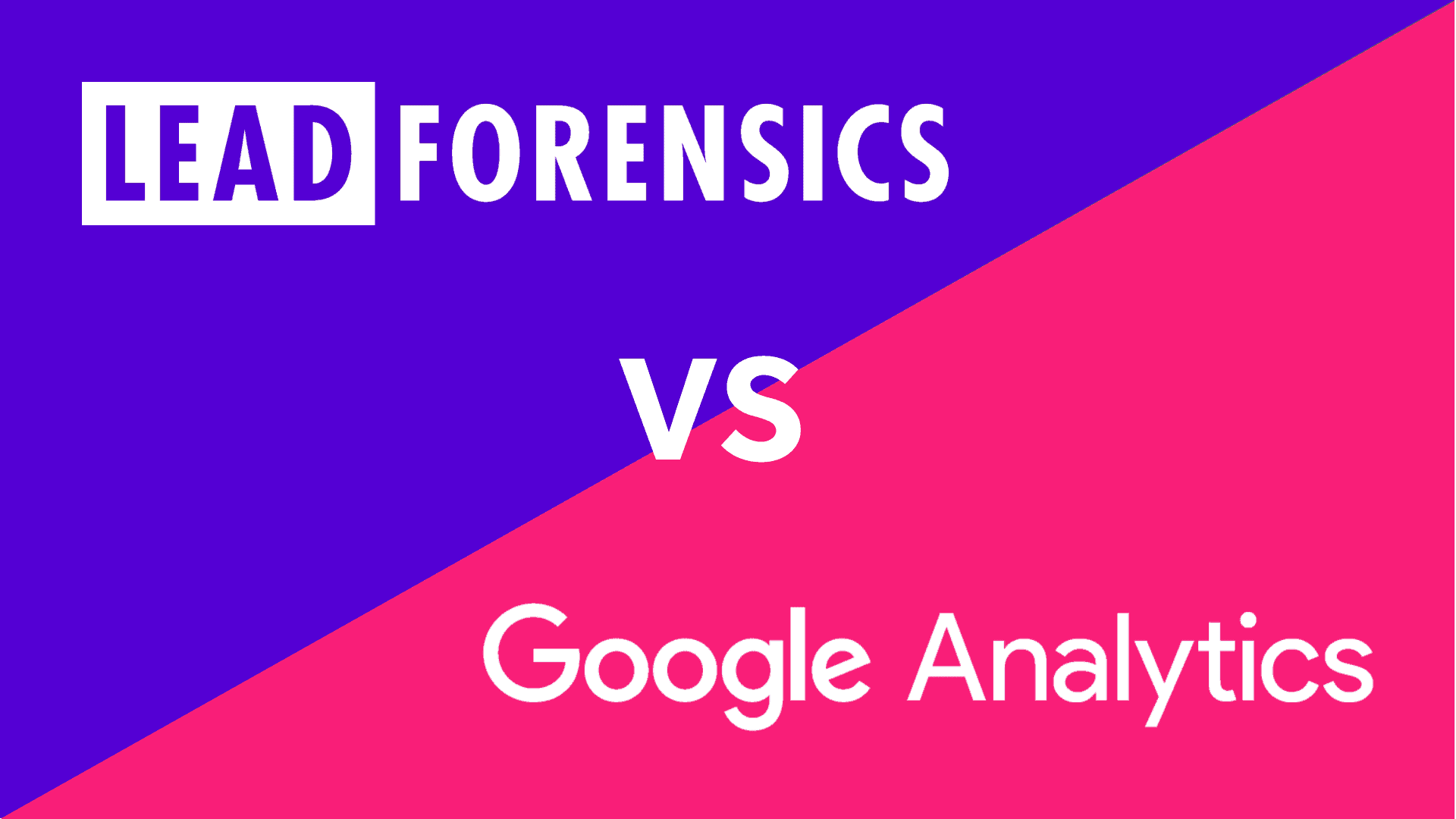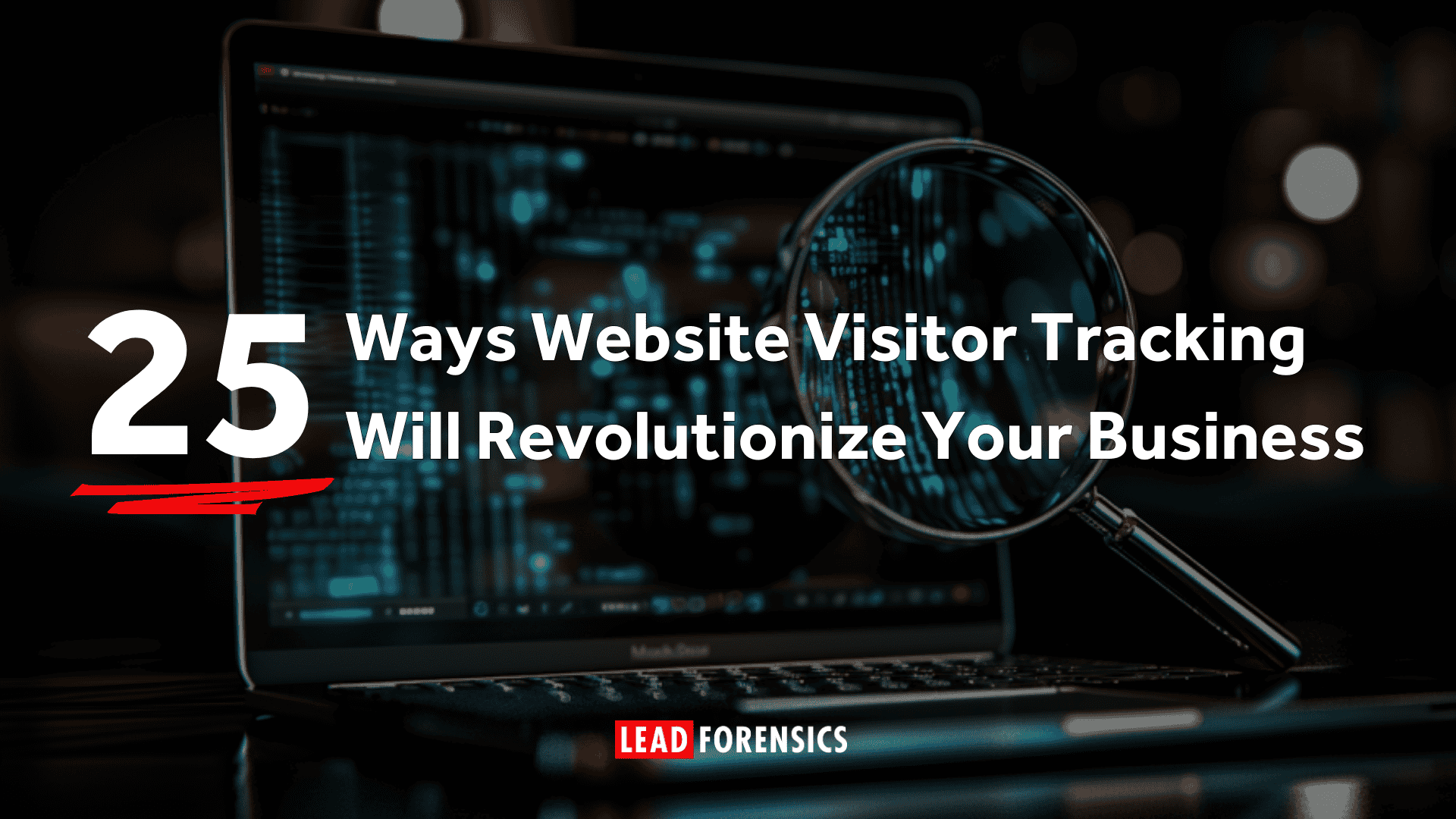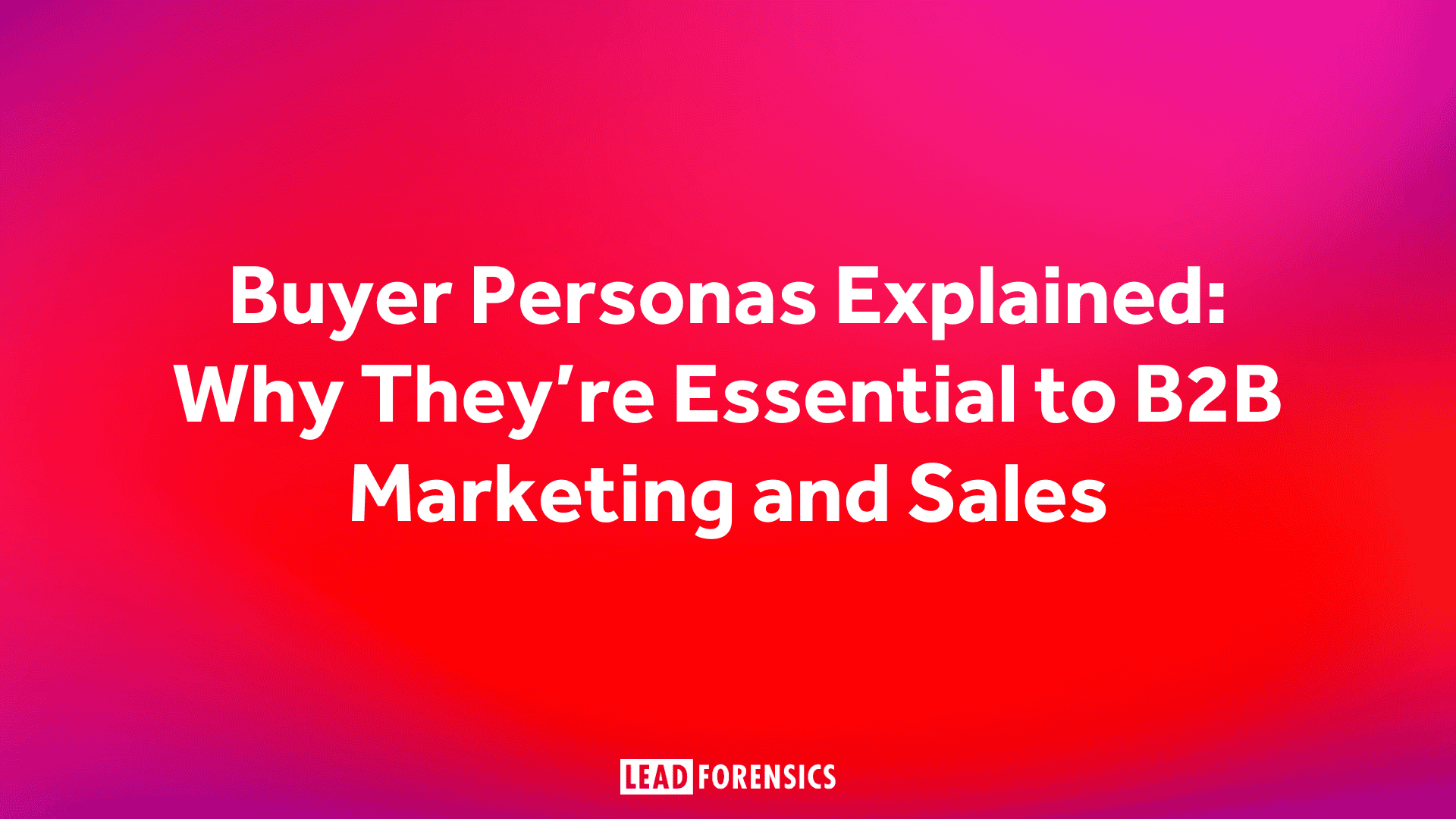What is Lead Forensics?
Lead Forensics is a cutting-edge tool focused on B2B lead generation. Its core functionality lies in:
Identifying visitors: Know who’s visiting your site right now.
Sales lead notifications: Immediate alerts for potential sales opportunities.
Detailed company information: Get the specifics about companies browsing your platform along with the pages they visited.
What is Google Analytics?
Google Analytics is a comprehensive tool from Google that offers wide-ranging insights into website performance. Its features encompass:
Audience insights: Dive deep into who your users are.
Behavior analysis: Understand user behavior, from pageviews to interactions.
Traffic sources and campaign tracking: Know where your traffic originates and how your campaigns perform.
Core Differences between Lead Forensics and Google Analytics
Purpose & Audience:
Lead Forensics zeroes in on B2B interactions and sales-oriented tracking.
Google Analytics provides broad audience insights for various businesses.
Information Type:
Lead Forensics shines in company identification and B2B interactions.
Google Analytics offers extensive user demographic and behavior data.
Data Collection & Privacy:
Both tools prioritize user privacy, but the type and granularity of data differ.
Advantages of Using Lead Forensics
B2B Focus: Tailored insights for B2B companies.
Fast Notifications: Act immediately on potential B2B sales opportunities.
In-depth Company Data: Tailor your outreach and follow-ups with specific, detailed company insights.
Advantages of Using Google Analytics
Comprehensive Data: From demographics to user behavior, get a holistic view.
Broad View: Understand your website visits on a macro scale.
Custom Reports: Customize your insights to your specific needs.
Practical Use Cases
Lead Forensics: Ideal for B2B entities aiming for specific lead generation or those wanting instant action on potential leads.
Google Analytics: Perfect for gauging overall website performance.
Price Comparison
Lead Forensics operates on a subscription model, with prices varying based on features – speak to our team to see a demo and get a tailored price. Google Analytics offers a free version, while Google Analytics 360 (the premium version) is available for larger enterprises at a cost.
Can I use both tools simultaneously?
Yes, many businesses use both to get comprehensive insights.
Which is Right for Your Business?
Your decision should hinge on your primary needs. If B2B lead generation is paramount, Lead Forensics might be your go-to. For a broader view of website performance and user interactions, Google Analytics proves invaluable. However, many businesses find immense value in leveraging both tools for a 360-degree view.
Conclusion
Both Lead Forensics and Google Analytics are formidable tools, each with its unique strengths. Your choice should align with your business goals, ensuring you extract the most value from your analytics tool.
Remember, the digital world thrives on data. Equip your business with the right tools, and you’ll be several steps ahead in understanding – and meeting – your audience’s needs.
Get started today and book your free demo of Lead Forensics.










